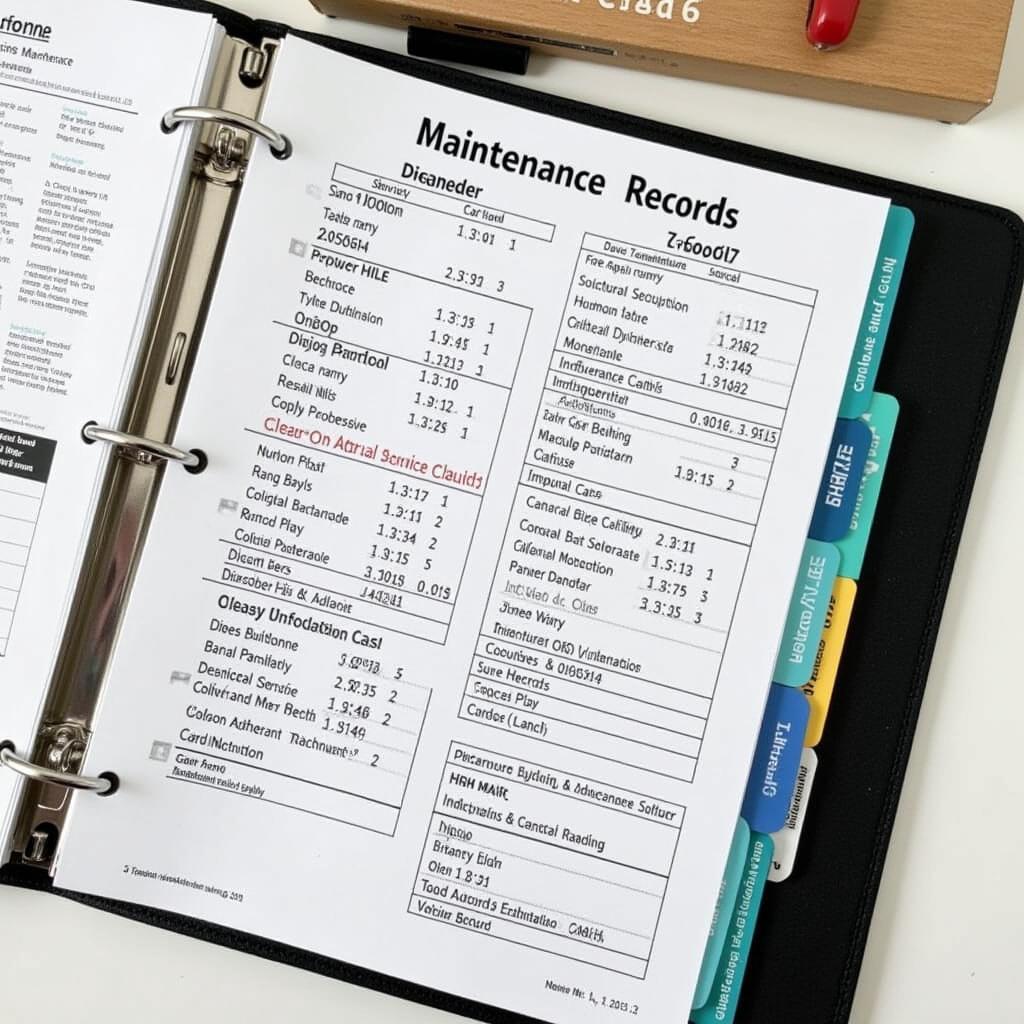Knowing what to expect when you take your car in for service can take the stress out of the experience. Whether you’re getting a routine oil change or a more complex repair, understanding the process ensures you’re informed every step of the way. This guide outlines the typical car service procedure and provides valuable insights to help you navigate your next visit to the mechanic with confidence.
Understanding the Basics of Car Servicing
A car service is more than just an oil change. It’s a preventative maintenance procedure designed to keep your vehicle running smoothly and safely. While the specific services included can vary depending on your car’s make and model, mileage, and your driving habits, some common elements are:
- Inspection: A thorough visual inspection of your car’s exterior and interior, including tires, lights, brakes, fluids, belts, hoses, and more. This helps identify potential problems early on.
- Oil and Filter Change: Replacing old engine oil and the oil filter is crucial for engine lubrication and longevity.
- Fluid Top-ups: Checking and topping up essential fluids like coolant, brake fluid, power steering fluid, transmission fluid, and windshield washer fluid.
- Tire Rotation and Pressure Check: Rotating tires ensures even wear and tear, while maintaining the correct tire pressure optimizes fuel efficiency and handling.
- Brake Inspection: Checking brake pads, discs, and calipers for wear and tear, and assessing brake fluid levels.
- Air Filter Replacement: A clogged air filter restricts airflow to the engine, reducing performance and fuel economy. Replacing it ensures optimal engine breathing.
- Battery Test: Checking the battery’s voltage and overall health to ensure it’s in good working order.
- Diagnostic Scan: Connecting your car to a diagnostic machine to read any fault codes stored in the car’s computer system, which can pinpoint potential issues.
The Car Service Appointment: A Step-by-Step Guide
Here’s what you can typically expect during a car service appointment:
- Schedule an Appointment: Contact your chosen service center to schedule an appointment. Be sure to inform them of your car’s make and model, mileage, and any specific concerns you may have.
- Drop-Off: When you arrive for your appointment, a service advisor will greet you. They’ll confirm your service needs and ask about any issues you’ve noticed with your vehicle. You’ll be asked for your contact information and if you’ll be waiting for the service or require a ride.
- Inspection and Estimate: A technician will perform an initial inspection of your car. They’ll then provide you with a detailed estimate outlining the recommended services and their costs.
- Approval and Service: Once you approve the estimate, the service will commence.
- Service Completion and Explanation: When the service is complete, a technician or service advisor will explain the work that was done and answer any questions you may have. They’ll also inform you about any future maintenance needs.
- Payment and Pick-Up: You’ll make the payment for the services rendered, collect your keys, and be on your way.
Choosing the Right Car Service Provider
Finding a trustworthy and reliable car service provider is essential. Here are some factors to consider:
- Reputation: Look for service centers with a solid reputation for quality work and customer satisfaction.
- Experience: Choose a provider with experience servicing your car’s make and model.
- Certifications: ASE-certified technicians have met industry standards, demonstrating their competency.
- Transparency: Opt for service centers that offer clear communication, detailed explanations, and transparent pricing.
- Customer Service: A friendly and helpful staff can make a significant difference in your overall experience.
Tips for a Smooth Car Service Experience
 Car Maintenance Records
Car Maintenance Records
Follow these tips to ensure a hassle-free car service experience:
- Keep Your Car Maintained: Regularly check your car’s fluid levels, tire pressure, and lights. Address any minor issues promptly.
- Schedule Regular Services: Follow your car manufacturer’s recommended service intervals to prevent major problems down the road.
- Maintain Service Records: Keep all your car service records organized. This documentation can be helpful for future repairs or when selling your vehicle.
- Communicate Clearly: When speaking with the service advisor or technician, be clear about any concerns or issues you’ve noticed with your car.
- Ask Questions: Don’t hesitate to ask questions about the services recommended or the work being done.
“Regular car servicing isn’t just about ticking boxes, it’s about proactively ensuring your safety and the longevity of your vehicle,” says John Smith, Senior Automotive Technician at CarServiceOnline. ” A well-maintained car offers peace of mind and can save you from costly repairs in the long run.”
Conclusion
Understanding what to expect from a car service empowers you to make informed decisions about your vehicle’s maintenance. By following the guidelines and tips outlined in this guide, you can approach your next car service appointment with confidence, knowing you’re taking the necessary steps to keep your car running smoothly for years to come. Remember, regular car servicing is an investment in your safety and the overall well-being of your vehicle.
Need assistance with your car service needs? Contact our team at CarServiceOnline today! We’re available 24/7 to answer your questions and provide expert guidance. You can reach us via WhatsApp: +1(641)206-8880 or Email: [email protected].

